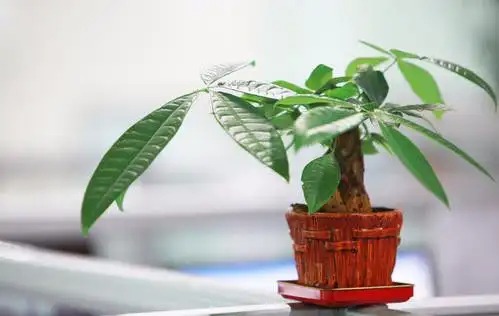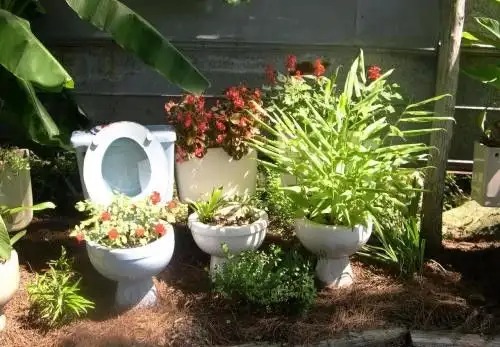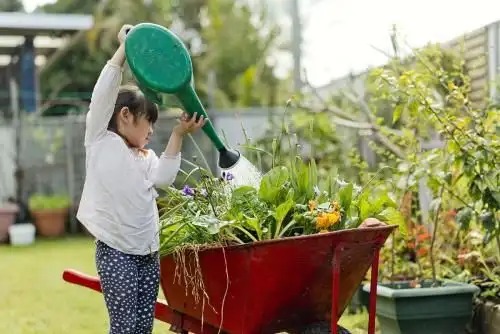The three most important factors in growing flowers: temperature, light, and water. Have you learned them?

What is the relationship between temperature and flower cultivation?
According to the temperature conditions of the flowers' place of origin, flowers can be divided into high temperature, medium temperature and low temperature categories.
1. High temperature type: such as Milan, Poinsettia, Cineraria, Gloxinia, Fuchsia, etc. When raised in North China, the minimum room temperature in winter should be kept above 12 ℃.
2. Medium temperature type: such as white orchid, jasmine, hibiscus, geranium, etc. The room temperature should not be lower than 5℃ in winter.
3. Low temperature type: such as oleander, osmanthus, kumquat, daidai, cycads, etc., the room temperature in winter should not be lower than 0 ℃. If the temperature is too high or too low, the normal physiological activities of flowers will be destroyed, growth will stop, and in severe cases, the whole plant will die.
What effect does light have on the growth and development of flowers?
A flower proverb says: "Camellia in the shade, peony in the sun, four-season orchid in the half shade and half sun." According to the different requirements of flowers for light intensity, flowers can be divided into positive flowers, neutral flowers and negative flowers.
1. Positive flowers: Most flowers and fruit-bearing flowers are positive flowers, such as magnolia, rose, pomegranate, plum blossom, crape myrtle, citrus, etc. There are also some positive flowers among the foliage flowers, such as cycads, palms, rubber trees, etc. Most aquatic flowers, cacti and succulents are also positive flowers. All positive flowers like strong light and cannot tolerate shade. If there is insufficient sunlight, it is easy to cause the branches and leaves to grow too long, the tissues to be soft and weak, the leaves to become pale and yellow, it is difficult to bloom or the flowering is poor, and it is easy to be affected by diseases and insect pests.
2. Negative flowers: They grow well in shaded environments, such as asparagus fern, camellia, azalea, hosta, amaryllis, creeper, ivy, gloxinia, cyclamen, begonia, etc. If they are exposed to strong light for a long time, their branches and leaves will turn yellow, their growth will stagnate, and in severe cases, they may even die.
3. Neutral flowers: They grow well in full sunlight, but need a little shade when the light intensity is high in summer, such as osmanthus, jasmine, white orchid, hydrangea, bamboo palm, etc. In summary, the requirements of various flowers for light are different, and even the same flower has different requirements for light at different stages of growth and development. The amount of light required by seedlings can be gradually increased, but the positive chrysanthemum requires short-day conditions to form flower buds.
What effect does water have on the growth and development of flowers ?
If the water absorption is less than the consumption, the flowers will wilt due to lack of water. Severe lack of water will cause the flowers to die. There are many varieties of flowers, and the water requirements are also different. Even the same flower has different water requirements at different stages of its growth. According to the different water requirements of flowers, flowers can be roughly divided into three categories: xerophytes, aquatics and mesophytes:
1. Xerophytic flowers: Plum blossoms, crape myrtles, crabapples, hollyhocks, nandina domestica and succulent flowers are all relatively drought-resistant.
2. Aquatic flowers: lotus, water lily, calamus, water bamboo, etc.
3. Mesophytic flowers: flowers that can grow well in moist soil. Most flowers belong to this type, such as magnolia, white orchid, wintersweet, peach blossom, camellia, bauhinia, etc.
Why do flowers die from overwatering?
Excessive watering of potted flowers will cause the soil to be saturated with water for a long time. The air in the soil is replaced by water, and the outside air cannot enter. As a result, the soil becomes hypoxic, the respiration of the roots is hindered, the physiological functions are reduced, and the root system's ability to absorb water and fertilizer is hindered.
At the same time, due to the lack of oxygen in the soil, the normal activities of aerobic bacteria in the soil that have the function of decomposing organic matter are hindered, affecting the supply of mineral nutrients. At this time, anaerobic bacteria multiply and become active in large numbers, increasing the acidity of the soil.
Due to the rampant activity of butyric acid bacteria, a series of toxic substances such as hydrogen sulfide and ammonia are produced, which directly poison the root system. At the same time, due to lack of oxygen, the plants consume a large amount of soluble sugar in the body and accumulate too much alcohol and other substances, which greatly reduces photosynthesis and finally causes the flowers to die of starvation.
In the practice of flower cultivation, we often see cases where the roots of flowers turn black and rot, and the flowers are "drowned" due to excessive watering. Therefore, when cultivating flowers, we should pay attention to the appropriate amount of watering.
What kind of water is best for watering flowers?
Water can be divided into hard water and soft water according to the salt content. Hard water contains more salts. Using it to water flowers often causes brown spots on the leaves of flowers, affecting the ornamental effect. Therefore, soft water is more suitable for watering flowers.
Among soft water, rainwater (or snow water) is the most ideal, because rainwater is a kind of water close to neutral, does not contain minerals, and has more air, so it is very suitable for watering flowers. If rainwater can be used for watering flowers for a long time, it will help promote the assimilation of flowers, extend the cultivation period, and improve the ornamental value. In particular, flowers that like acidic soil prefer rainwater. Therefore, in the rainy season, we should try to store more rainwater for use.
In Northeast my country, snow water can be used to water flowers, and the effect is also very good, but it should be noted that the ice and snow must be melted and left until the water temperature is close to room temperature before use. If there is no rain or snow water, river water or pond water can be used. If tap water is used, it must be stored in a bucket (tank) for 1 to 2 days to allow the chlorine in the water to evaporate before use, which is safer. Do not use laundry water containing soap or washing powder to water flowers, and do not use dishwashing water containing oil stains.
For cacti that prefer slightly alkaline water, it is not advisable to use slightly acidic leftover tea water. In addition, you should also pay attention to the temperature of the water when watering flowers. Whether it is summer or winter, a large difference between the water temperature and the air temperature (more than 5°C) can easily damage the roots of flowers. Therefore, it is best to put the water for watering flowers in a bucket (tank) to dry for several hours, and then use it when the water temperature is close to the air temperature.


